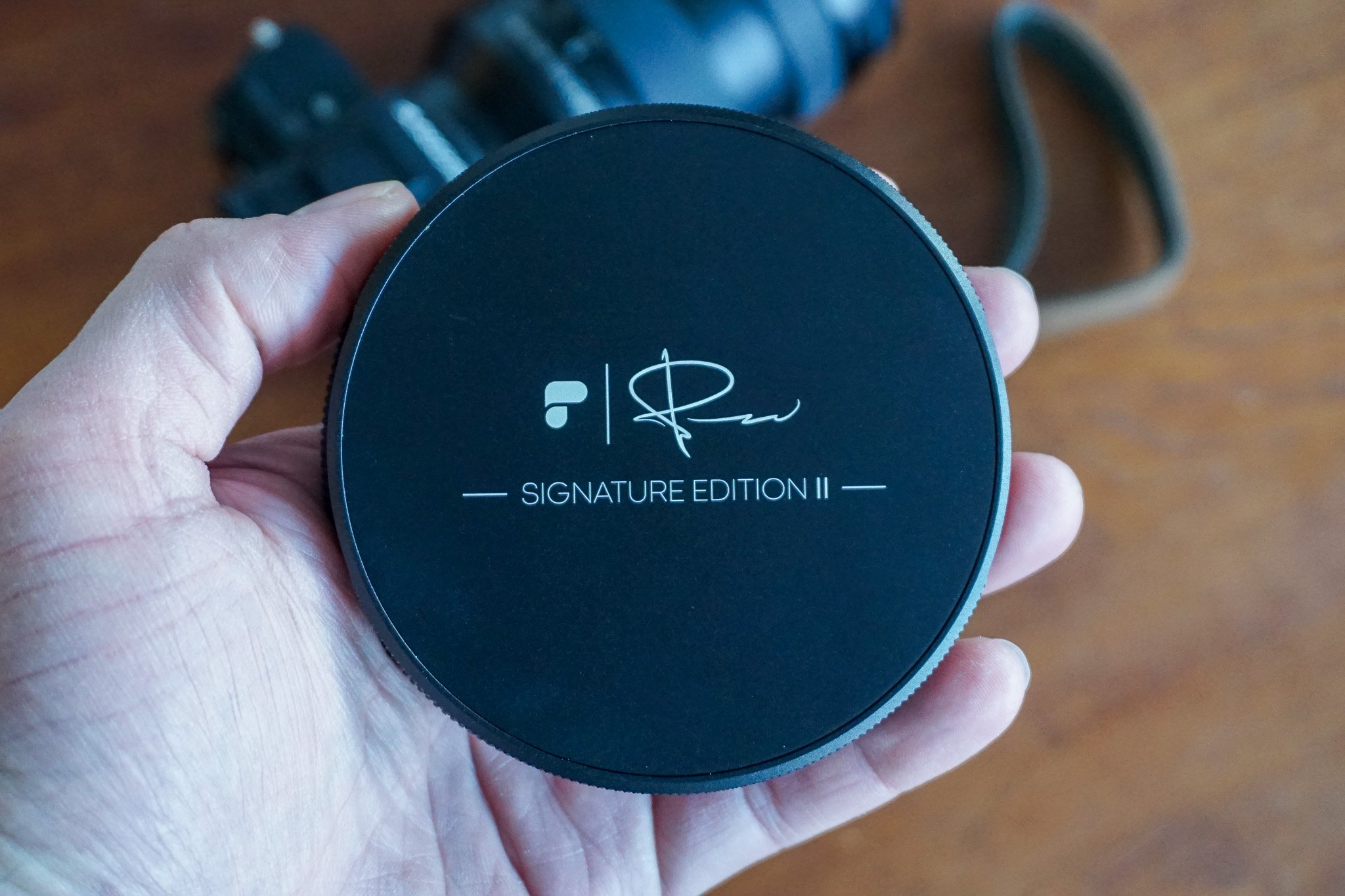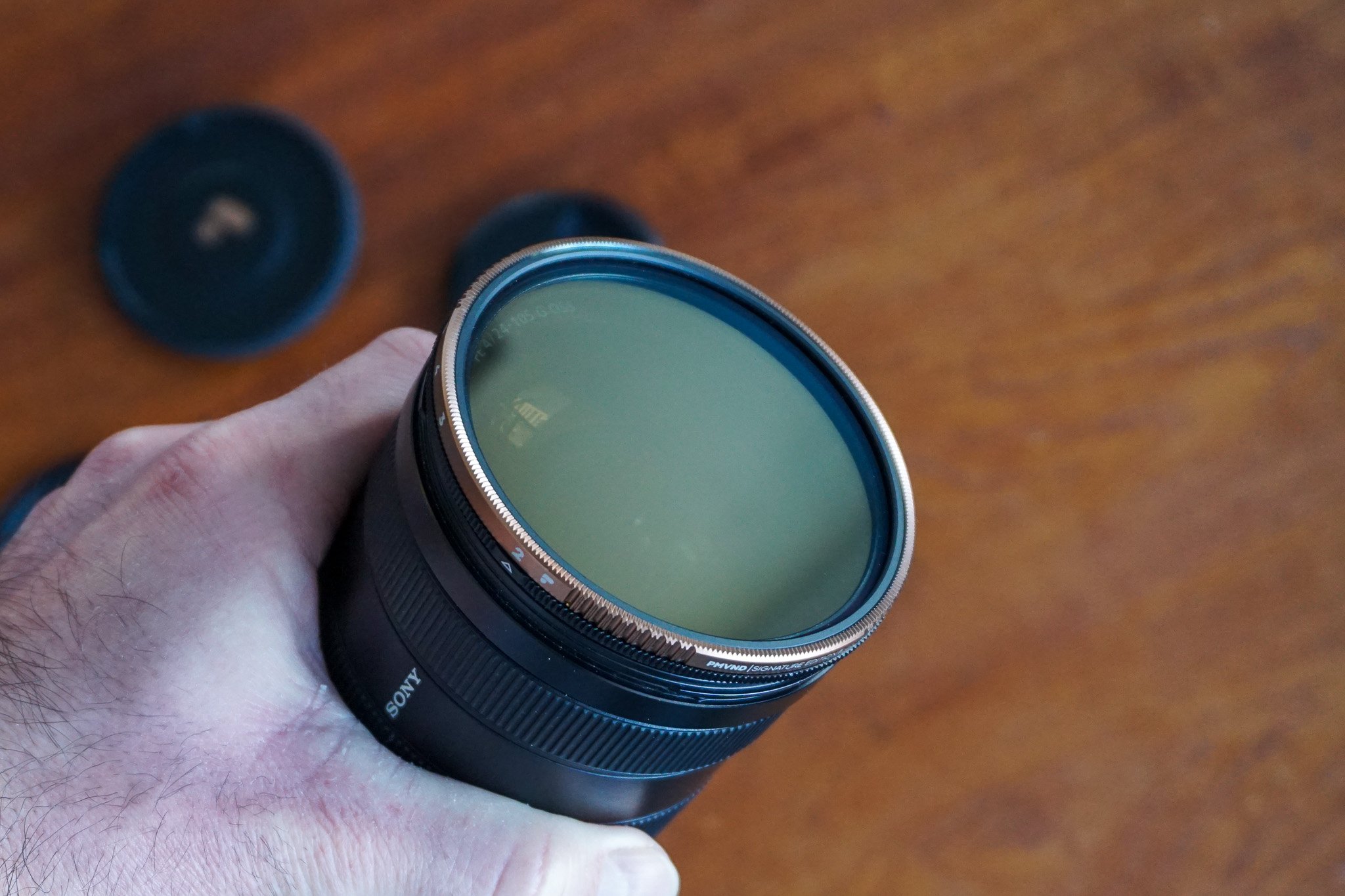PolarPro Peter McKinnon Variable ND Filter 2-5 Stop Review
As a filmmaker and videographer, arguably the most important filter you can own is a variable neutral density (ND) filter. They are absolutely vital for filming cinematic videos while maintaining the best camera settings for filmmaking. With so many filters out there on the market ranging in price, however, picking one can prove to be quite challenging. If you read my review about PolarPro’s Circular Polarizer Filter, you’ll know that I’m a fan of that filter’s performance and build quality. So the question is, can PolarPro’s Peter McKinnon Variable ND Filter stack up to the quality of other PolarPro filters and help you produce epic, cinematic footage? Well, I’ve been using the the PolarPro Peter McKinnon Variable ND Filter 2-5 Stop filter for quite a while now, and I have some thoughts. Let’s dive in.
Please note, this review is focused on Edition II of the PolarPro Peter McKinnon Variable ND 2-5 Stop Filter.
Build Quality
Like anything PolarPro makes, the build quality is exceptionally high with this filter. The filter’s frame is made of brass, and includes the same small rivets as other PolarPro filters to help you grip and turn the filter as needed. The glass is also high quality, and, through all my testing and usage, has maintained a brand new appearance.
The filter itself rotates so that you can select which ND stop you’d like to use, and the filter rotates very smoothly. The filter also has haptic feedback at each stop so that you know where you are on the filter without having to take your eye away from your camera’s viewfinder. The haptic feedback is quite pronounced, which is great, as it does eliminate a lot of the guesswork when selecting the correct ND stop for the scene you’re trying to film.
All in all, the PolarPro Peter McKinnon Variable ND Filter is a well built, super smooth variable ND Filter that both feels good and provides functional reliability when out in the field.
Video Quality
Once you wind the PolarPro Peter McKinnon Variable ND Filter onto your camera lens, you’ll really start to see this thing work its magic. All videos look super sharp and clear when using the filter.
For the most part, there are also no colour inaccuracies while using the filter. I have, however, noticed a bit of an orangy hue on some of the videos I’ve taken - and I think most of these occurred when I had the filter really stopped down by like 4 or 5 stops. This could be from user error (i.e. not white balancing correctly), but it also seemed to happen depending on where the light source was coming from. For instance, if I shot one video facing direction x, the shot would be perfectly white balanced, and then when I shot a second scene facing direction y, I’d end up with a bit of that orangy hue. Again, this could be down to user error, but I still haven’t figured out how to predict when it might happen and account for it with my camera’s settings.
Again, for the most part, all of my videos have come out looking nice with perfect colours. It’s just those random videos that pop up with a bit of a messed up colouring. You can attempt to fix this in post, however it creates a bit of a turquoise colour in the sky, which has been tough to remove.
Ease of Use
As noted above, the filter rotates smoothly and has haptic feedback, making it super easy to adjust your ND stop on the fly. The rivets built into the filter’s frame also make it super easy to hold and rotate.
Like any filter, the key is learning how to use it. When using a variable ND filter for the first time, there will definitely be a bit of a learning curve. This, however, is not the filter’s fault. I will say that, due to this filter’s high quality build and ease of use, it is a great variable ND filter to learn on.
Potential Cons
As noted above, the potential for colour inaccuracy is possible with this filter unfortunately, but those instances have been few and far between. If you are aware of this while filming, you can always film a scene, review it to see if the colouring is off, and then re-adjust your white balance settings accordingly before re-shooting the scene.
In addition, much like other PolarPro filters, this filter is quite expensive. As of the time of writing this review, the second edition filter is currently listed on PolarPro’s website for $249.99 USD. That is a hefty price for a piece of glass. The filter’s build quality, however, means this filter will last quite a long time, saving you from needing to update your variable ND filter on the regular. The video quality is also, for the most part, superb, and colour inaccuracies is a risk with any variable ND filter, so you are kind of getting what you pay for.
For recreational videographers looking at getting into upping their video production quality, it may be advisable to start with a cheaper variable ND filter to learn on. For professionals, though, the PolarPro Peter McKinnon Variable ND Filter is a high quality piece of kit that will be reliable for many video shoots.
Conclusion
As you expand your videographer and filmmaking experience, a variable ND filter will naturally become a must-have piece of camera gear in your kit. The PolarPro Peter McKinnon Variable ND 2-5 Stop Filter is a solid variable ND filter with haptic feedback with pretty great video performance. It does struggle with colour inaccuracies from time to time, but this can be corrected in camera by adjusting the white balance settings, or even somewhat fixed in post production. All in all, the PolarPro Peter McKinnon Variable ND Filter 2-5 Stop filter is a well-rounded piece of camera gear.

